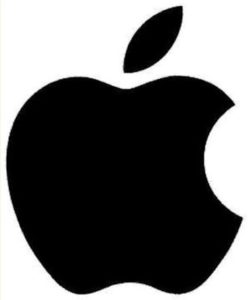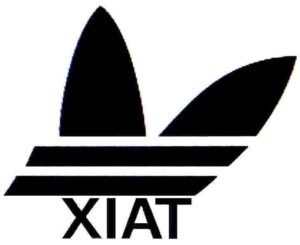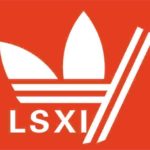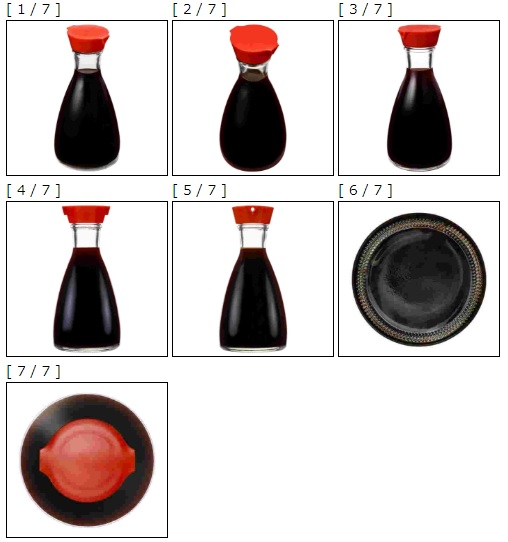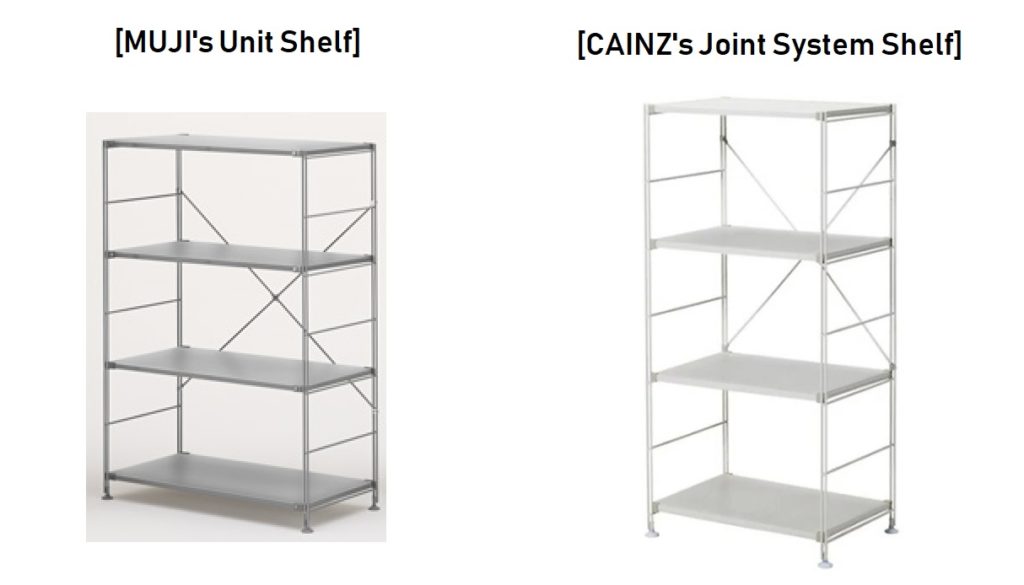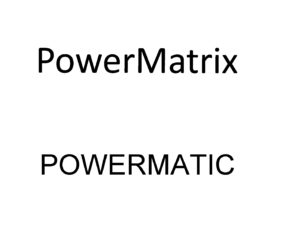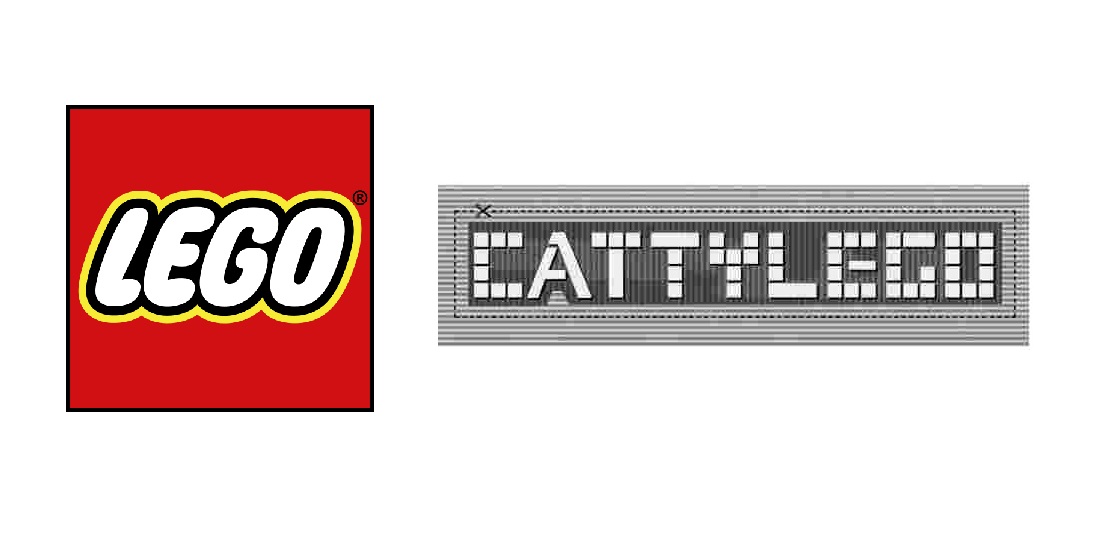In a recent decision, the Appeal Board of Japan Patent Office (JPO) did not allow registration of a word mark “3M” written in standard character due to a lack of distinctiveness in relation to vehicles (class 12). [Appeal case no. 2017-3200]
Disputed mark – “3M” in standard character
Disputed mark, a word consisting of “3M” written in standard character, was filed by designating various types of vehicles (class 12) in the name of 3M Company, an American multinational technology company that engages in the manufacture of industrial, safety and consumer goods, and equipment on October 28, 2014 (TM application no. 2014-90835).
Article 3(1)(v)
On December 6, 2016, The JPO examiner totally refused disputed mark based on Article 3(1)(v) of the Trademark Law, stating that sign consisting of a digit and an alphabet is commonly used in transaction to represent article number, model number or standards. If so, disputed mark lacks inherently distinctiveness as a source indicator.
The article prohibits applied mark from registering if the mark consists solely of a very simple and common mark. Trademark Examination Guidelines (TEG) provides that a trademark composed of a numeral followed by one or two Roman characters, e.g. 2A, is subject to the article.
3M Company filed an appeal against the refusal and asserted that “3M” has become famous among public in general as a trade name and source indicator of applicant or its Japanese subsidiary.
Appeal Board decision
The Board, however, dismissed the assertions by finding that:
- Evidences just reveal longtime use of “3M” as a trade name of applicant or its subsidiary. But most of them show disputed “3M” mark is used to represent a commercial name in the context of newspapers and web articles. If so, there shall not be seen as a source indicator.
- Renowned 3M logo is different from disputed 3M mark in appearance.
- Even if “3M” keyword extraction from the web pages demonstrates substantial numbers of articles pertinent to applicant’s business and less possibility to use “3M” by unrelated business entities as article number, model number or standards, these facts are insufficient not to apply Article 3(1)(v).
- Precedent administrative decisions and judicial rulings are cases relating to renowned 3M logo. If so, as long as disputed mark consists of “3M” written in standard character, the Board can’t find any reason to bind the case in dispute.


